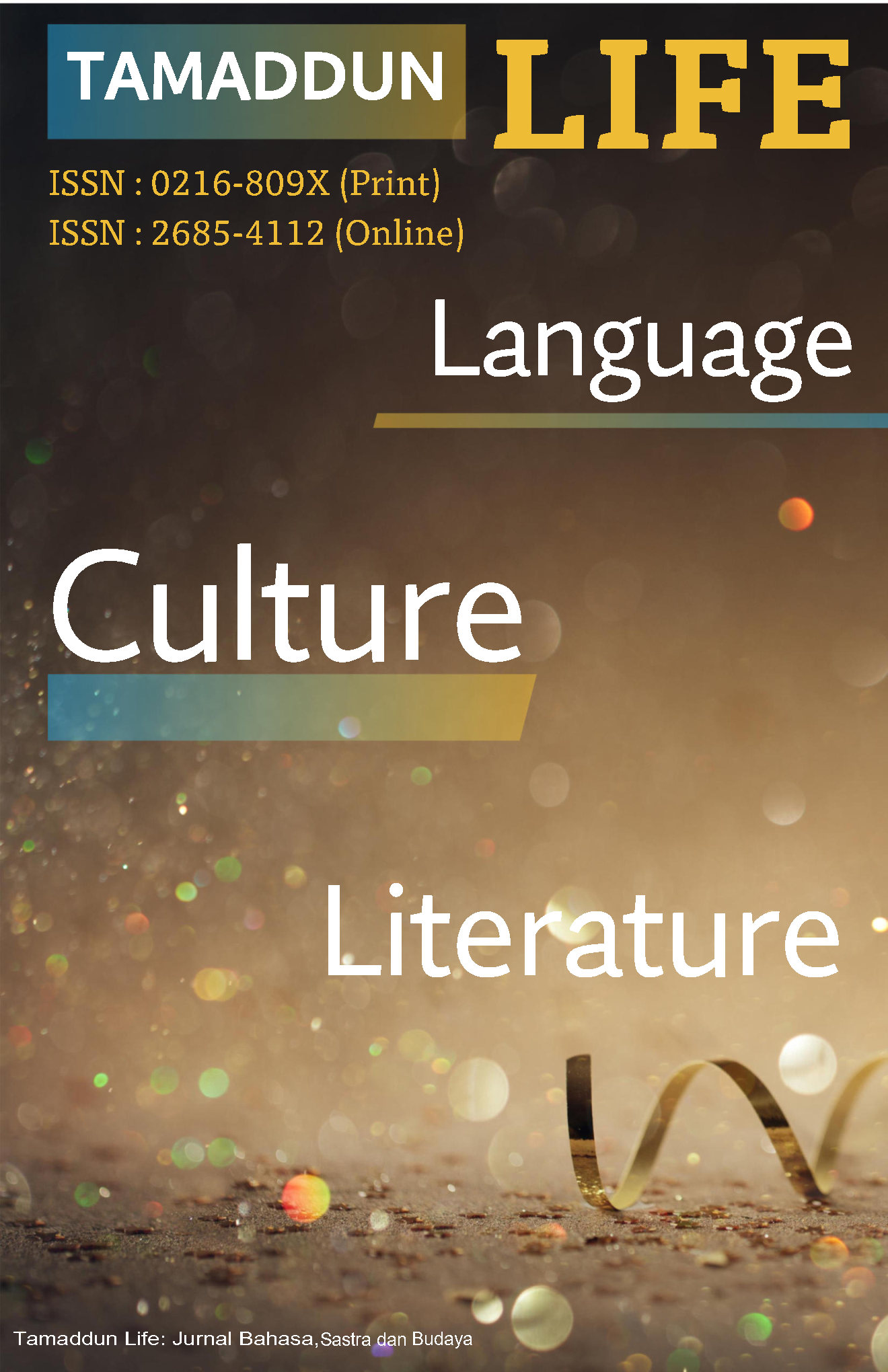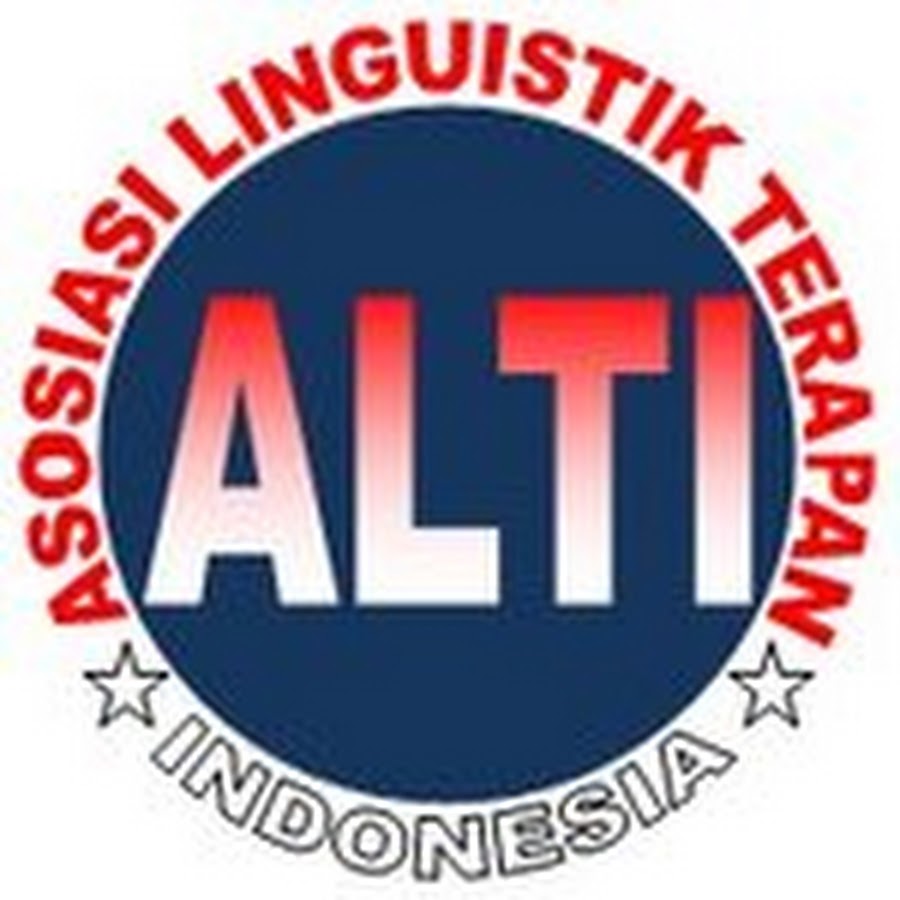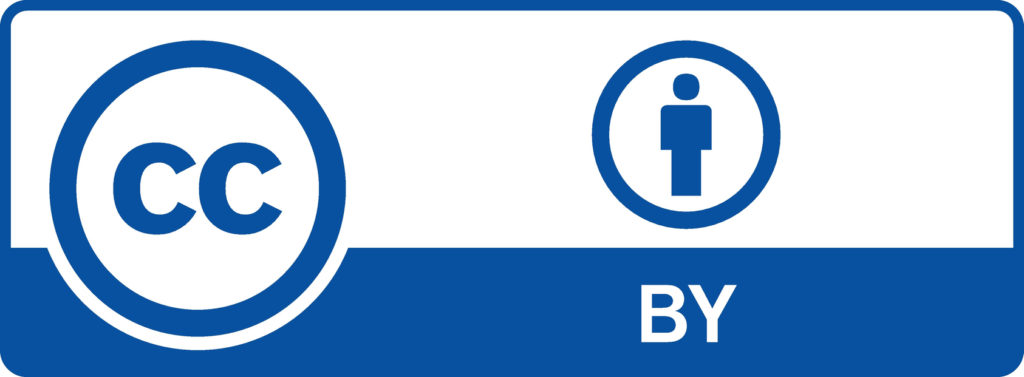Revealing The Students’ VAK Learning Styles and Their Problems and Strategies in Speaking Class: A Qualitative Study among Indonesian Vocational Students
DOI:
https://doi.org/10.33096/tamaddun.v24i1.942Kata Kunci:
Learning style, speaking, problem, strategiesAbstrak
This study was conducted to identify students’ learning styles, the problems they face, their strategies, and their perceptions of speaking English based on their respective learning styles. The research employed a descriptive qualitative approach. The tenth-grade Culinary A students of SMKN 2 Gowa were selected as the research subjects. Data were collected through observation, semi-structured interviews, and documentation. The results revealed that: (1) The most dominant learning styles employed by the students in the classroom is visual learning style, followed by auditory learning style and kinesthetic learning style (2) The problems experienced by students in English speaking activities based on their learning styles, such as visual learners faced issues such as lack of confidence, difficulty understanding instructions without visual aids, pronunciation challenges, and noisy classroom environments. Auditory learners encountered problems such as fear of making mistakes, confusion, discomfort, grammar issues, and hesitation, while kinesthetic learners struggled with boredom, panic, nervousness, lack of self-confidence, and fear of being laughed at. (3) The strategies identified by visual learners included planning, memorizing, taking notes, and preparing visual aids. Auditory learners resolved their difficulties by speaking loudly, watching video podcasts, memorizing, and using audio tools such as voice recordings, and kinesthetic learners addressed their challenges by asking for permission to move, using body movements, and employing physical tools such as pens or markers.
Referensi
Allen, K., Scheve, J., & Nieter, V. (2011). Understanding learning styles: Making a difference for diverse learners. Shell Education Publishing.
Bakri, R. A., Rahman, M. A., Jabu, B., & Jassruddin, J. (2019). Exploring the impact of VAK learning style on teenager level language learners in Indonesia. Journal of Language Teaching and Research, 10(4), 807. https://doi.org/10.17507/jltr.1004.17
Cahyani, M., Setiyadi, A., & Mahpul. (2017). The Implementation of Scientific Approach on Speaking Skill at Second Grade Students Based on Learning Style in SMAN 1 Pringsewu. UNILA Journal of English Teaching, 6(5).
Carranza-Marchena, P. (2019). Teaching strategies based on learning styles: promoting communicative competence in speaking skills. Innovaciones Educativas, XXI(31), 36–48.
Cassidy, S. (2004). Learning Style: An Overview of Theories, Models, and Measure. University of Salford, 4(4), 2.
Chairunnisa, E., Saehu, A., & Nadhir, A. (2025). Rethinking Engagement: VAK Learning Style Responses to Flipped Classroom Environments. Studies in Language, Education, and Culture (SeLEC), 1(1), 1–10. https://www.journalmpci.com/index.php/selec/article/view/395
Creswell, J., & Creswell, J. (2023). Research Design: Qualitative, Quantitative, and Mixed Methods Approaches (6th ed.). SAGE.
Daiek, D., & Anter, N. (2004). Critical Reading for College and Beyond. McGrawHill.
DePorter, B., & Hernacki, M. (2005). Quantum Learning Membiasakan Belajar Nyaman dan Menyenangkan. Kaifah PT. Mizan Pustaka.
Elawati, E., Muljadi, & Sutrisno. (2022). Pengaruh Motivasi Belajar dan Gaya Belajar terhadap Prestasi Belajar Siswa SMP Swasta se-Kota Tangerang pada Pelajaran Bahasa Inggris. Dhammavicaya : Jurnal Pengkajian Dhamma, 6(2), 50–59. https://doi.org/10.47861/dv.v6i2.55
Hediyansah, M. H., Rabani, N. Q., & Ashri, A. (2024). Penerapan Gaya Belajar Kinestetik dalam Pembelajaran Bahasa Inggris: Indonesia. Karimah Tauhid, 3(4), 4149–4157. https://doi.org/10.30997/karimahtauhid.v3i4.12624
Jannah, F., Asari, S., & Maruf, N. (2024). The CORRELATION BETWEEN STUDENTS’ LEARNING STYLES AND STUDENTS’ SPEAKING ACHIEVEMENT. Journal Educatione, 1(2). https://journal.univgresik.ac.id/index.php/je/article/view/64
Kumala, I., Adhiyati, U. P., & Heryani, R. D. (2022). Keterkaitan Gaya belajar visual auditori kinestetik (Vak) dengan motivasi belajar siswa pada masa pandemi covid 19 (Survei Di smk karya bahana mandiri Bekasi). Research and Development Journal of Education, 8(2), 726. https://doi.org/10.30998/rdje.v8i2.12861
Linksman, R. (2004). Cara Belajar Cepat. Dahara Prize.
Lodico, M. G., Spaulding, D. T., & Voegtle, K. H. (2006). Methods in Educational Research: from Theory to Practice. Jassey-Bass.
Malvigie, C., Novianto, V., & Marzuki, S. Z. (2023). Visual auditory and kinesthetic learning model to improve students’ motivation, creativity, and learning outcomes. Research and Innovation in Social Science Education Journal (RISSEJ), 1(2), 63–69. https://doi.org/10.30595/rissej.v1i2.128
Miles, M. B., Huberman, A. M., & Saldana. (2014). Qualitative Data Analysis (Second). SAGE Publications.
Miranda, J. A., & Wahyudin, A. Y. (2023). PRE-SERVICE TEACHERS’STRATEGIES IN IMPROVING STUDENTS’SPEAKING SKILLS. Journal of English Language Teaching and Learning, 4(1), 40–47.
Muzri S, A., & Sunra, L. (2024). Exploring the stages of project-based learning for enhancing speaking skill in Indonesian EFL classroom. INTERACTION: Jurnal Pendidikan Bahasa, 11(2), 508–517. https://doi.org/10.36232/interactionjournal.v11i2.92
Nida, K., Ruhiat, Y., & Rusdiyani, I. (2023). The influence of blended learning and visual, auditory, kinesthetic (VAK) learning styles on students’ speaking skills in class XI English language learning. Edcomtech: Jurnal Kajian Teknologi Pendidikan, 8(2), 113. https://doi.org/10.17977/um039v8i22023p113
Nur Fitria, T. (2023). Implementation of English language teaching (ELT) through understanding Non-EFL students’ learning styles. Education and Human Development Journal, 8(1), 10–25. https://doi.org/10.33086/ehdj.v8i1.4457
Picciano, A. G. (2019). Blending with purpose: The multimodal model. Online Learning, 13(1). https://doi.org/10.24059/olj.v13i1.1673
Pritchard, A. (2009). Ways of Learning, Learning Theories and Learning Style in Classroom. Library of Congress Cataloging in Publication Data.
Reid, J. M. (1998). Understanding Learning Style in the Second Language Classroom. Prentice Hall regents.
Rustan, E. (2022). Language learning with neurolinguistic programming: An integrative review. Journal of Language Teaching and Research, 13(6), 1251–1258. https://doi.org/10.17507/jltr.1306.13
Sakkir, G., Muzri S, A., Dollah, S., & Ahmad, J. (2022). Students’ perception of the presentation activities in online speaking class. EduLine: Journal of Education and Learning Innovation, 2(3), 255–260. https://doi.org/10.35877/454ri.eduline1074
Sedik, A. D. (2023). Media Pembelajaran Dan Gaya Belajar Mempengaruhi Hasil Belajar Siswa Sekolah Menengah Atas. Syntax Literate ; Jurnal Ilmiah Indonesia, 8(5), 3586–3597.
Sopwani, V. A., Nurjamin, L. R., & Sofyawati, E. D. (2025). EFL Learning Style Preferences of Junior High School Students. English Education and Applied Linguistics Journal (EEAL Journal), 8(1), 23–36. https://doi.org/10.31980/eealjournal.v8i1.2609
Wahab, I., & Nuraeni. (2020). The analysis of students’ learning style. Scope of English Language Teaching, Literature and Linguistics, 3(1), 41–46.
Wahyuni, S., & Dewi, D. S. (2024). Impact of video podcasts on speaking proficiency in Indonesian higher education: A study of diverse learning styles. AL-ISHLAH: Jurnal Pendidikan, 16(3), 3041–3053. https://doi.org/10.35445/alishlah.v16i3.5735
Yotta, E. G. (2023). Accommodating students’ learning styles differences in English language classroom. Heliyon, 9(6). https://doi.org/10.1016/j.heliyon.2023.e17497
Zahirah M, N. F., Muhayyang, M., & Aeni, N. (2024). Identifying students’ learning styles in English learning performance. JOURNAL OF ENGLISH EDUCATION AND LITERATURE, 3(2), 239. https://doi.org/10.26858/performance.v3i2.62005
Zhang, R. (2023). An analysis of the effectiveness of the current English teaching methods based on the VAK theory. Journal of Education, Humanities and Social Sciences, 8, 773–778. https://doi.org/10.54097/ehss.v8i.4354
Unduhan
Diterbitkan
Terbitan
Bagian
Lisensi
Hak Cipta (c) 2025 Arya Priyangga Sumardi, Tahir, Ariyani, Sukardi Weda, Aeni

Artikel ini berlisensi Creative Commons Attribution 4.0 International License.
Authors who publish with Tamaddun journal agree to the following terms:
1. Authors retain the copyright and grant Tamaddun the right of first publication. The work will be licensed under a Creative Commons Attribution License (CC BY 4.0), which permits others to share the work with proper acknowledgment of the authorship and initial publication in this journal.
2. Authors may enter into additional non-exclusive agreements for the distribution of the published version of their work (e.g., posting it to an institutional repository or including it in a book), provided that the initial publication in this journal is acknowledged.
3. Authors are encouraged to post their work online (e.g., in institutional repositories or on their personal websites) before and during the submission process. This can lead to productive exchanges and increase the visibility and citation of the published work.






